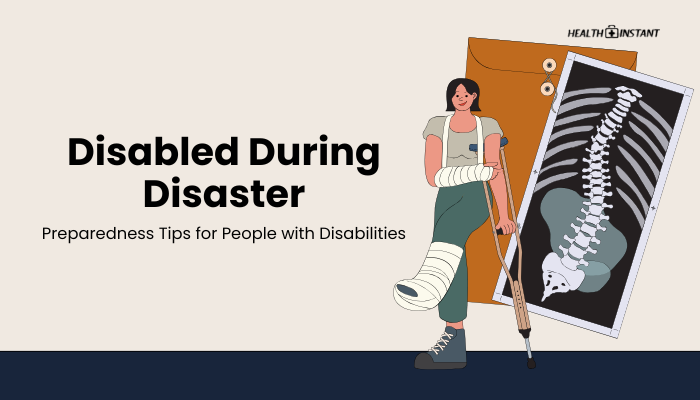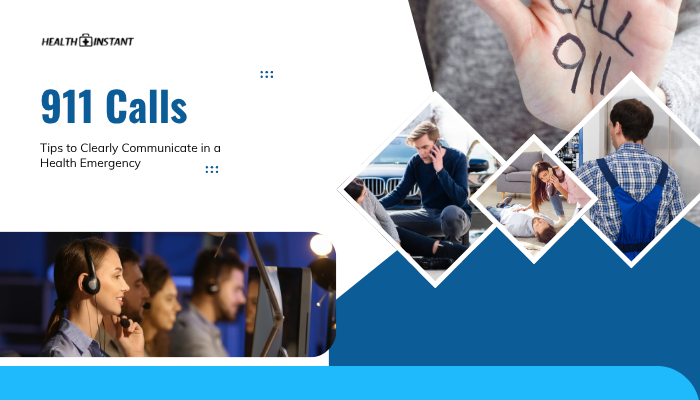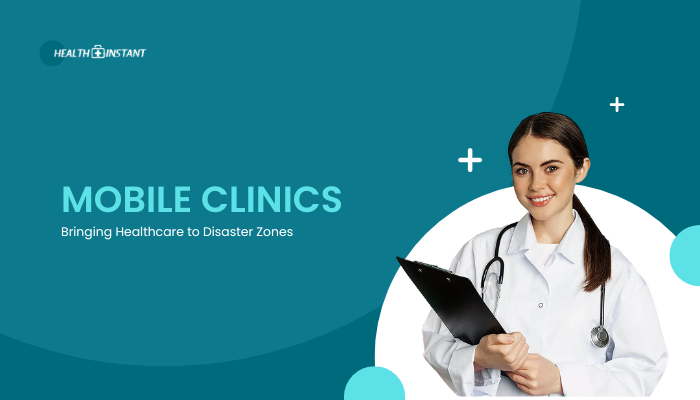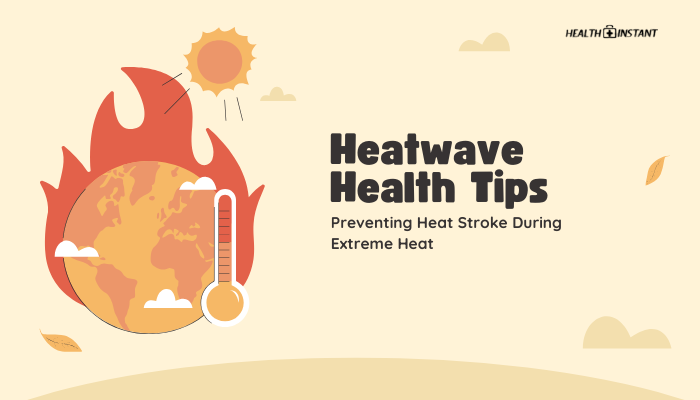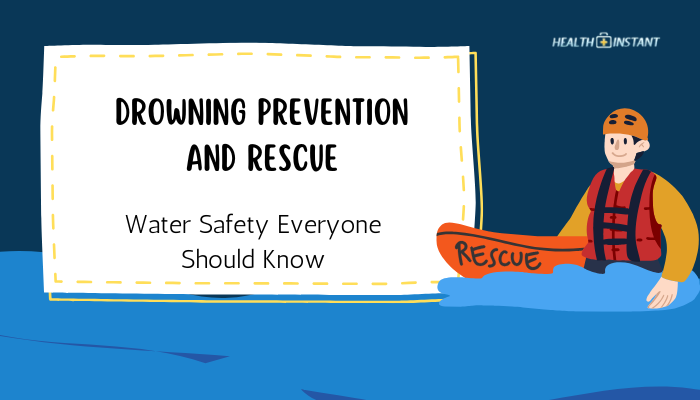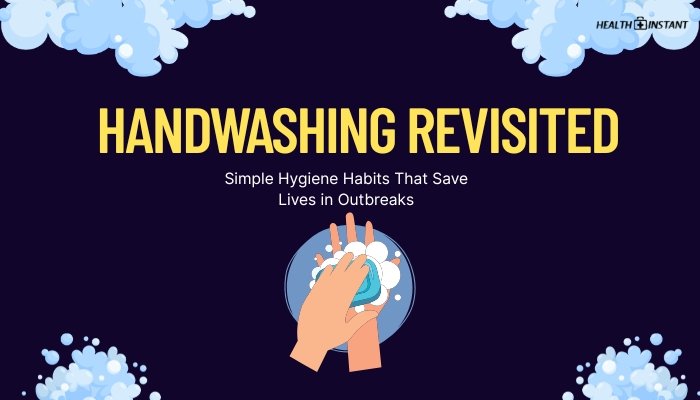Introduction
Disasters—whether natural (like hurricanes, floods, earthquakes) or human-made (industrial accidents, fires)—can strike suddenly, disrupting everyday life. People with disabilities can face additional challenges such as difficulty evacuating, specialized medical equipment, and communication barriers.
However, good preparation and a strong support system can bridge these gaps. This guide outlines steps for individuals with various disabilities and their caregivers to plan effectively, ensuring safety and continuity of care when emergencies arise.
Why Tailored Preparedness Matters
- Physical Barriers: Traditional emergency procedures may assume full mobility (like using stairs) or unimpaired hearing and vision.
- Medical Dependencies: Some rely on power for oxygen machines, refrigeration for medication, or special dietary needs.
- Communication Needs: Individuals may require sign language interpreters, Braille signage, or text-based alerts to grasp instructions fully.
- Legislative Support: Laws like the Americans with Disabilities Act (ADA) encourage accessible strategies, but real-world application can vary across regions.
Assessing Individual Needs
- List Daily Requirements
- Medications, medical devices, service animals, or personal care support.
- Medications, medical devices, service animals, or personal care support.
- Identify Potential Risks
- Where do you live? Flood-prone, high-rise building? Any local hazards complicating mobility or power?
- Where do you live? Flood-prone, high-rise building? Any local hazards complicating mobility or power?
- Allergies and Dietary Constraints
- Stock enough shelf-stable foods or formula safe for your condition.
- Stock enough shelf-stable foods or formula safe for your condition.
- Backup Transportation
- If you depend on specialized vehicles or driver assistance.
- If you depend on specialized vehicles or driver assistance.
Creating a Personal Support Network
- Neighbors and Family
- Share your plan, location of medical supplies, and preferred communication channels.
- Share your plan, location of medical supplies, and preferred communication channels.
- Community Organizations
- Join local disability-focused groups that might coordinate check-ins or resource sharing during crises.
- Join local disability-focused groups that might coordinate check-ins or resource sharing during crises.
- Buddy System
- Ask a friend or neighbor to be your contact for quick help in an evacuation or supply shortage.
Go-Bag and Medical Supplies
A well-prepared emergency kit (go-bag) is crucial:
- Medications: 1–2 weeks’ supply, plus prescription details and doctors’ contact.
- Equipment and Spare Parts: Extra batteries or charger for wheelchairs, hearing aids, or communication devices.
- Assistive Devices: Backup cane, walker, or wheelchair patch kit if needed.
- Personal Documents: Healthcare plans, medical history, insurance, ID in waterproof container.
- Emergency Contacts: List phone numbers for family, local shelter, disability services, and paramedics.
Mobility Considerations
- House Modifications
- Install ramps or consider stair lifts if possible.
- Install ramps or consider stair lifts if possible.
- Escape Routes
- Plan for both primary and backup exits. Ensure they accommodate your wheelchair or other devices.
- Plan for both primary and backup exits. Ensure they accommodate your wheelchair or other devices.
- Elevator Outages
- Work with neighbors or building managers on a strategy to exit safely if elevators aren’t available.
Accessible Communication and Alerts
- Text-Based or Vibrational Alerts
- Smartphones with text alerts or accessibility features (e.g., TTY services).
- Smartphones with text alerts or accessibility features (e.g., TTY services).
- Captioned or Interpreted Broadcasts
- Check local TV or online channels providing real-time signing or captions for emergency bulletins.
- Check local TV or online channels providing real-time signing or captions for emergency bulletins.
- Visual Alarms
- Install strobe smoke detectors if hearing-impaired.
Planning Evacuation and Shelter Options
- Check Shelter Policies
- Some may not be wheelchair-accessible, or might not accept service animals.
- Some may not be wheelchair-accessible, or might not accept service animals.
- Transportation
- Identify specialized paratransit or volunteer drivers who can handle your equipment.
- Identify specialized paratransit or volunteer drivers who can handle your equipment.
- Service Animals
- Keep relevant documentation; many official shelters are required to accommodate them.
Ready for Power Outages: Battery Backup
- Portable Generators
- If feasible, have a safe, well-ventilated generator for crucial medical devices.
- If feasible, have a safe, well-ventilated generator for crucial medical devices.
- Battery Storage
- Backup batteries for hearing aids, communication devices, or power wheelchairs.
- Backup batteries for hearing aids, communication devices, or power wheelchairs.
- Solar Chargers
- Consider small panels or battery packs for recharging phones or lights if technology and cost allow.
When to Seek Immediate Help
Call emergency services if:
- Your power or backup fails while you rely on critical equipment like ventilators or oxygen machines.
- Mobility or medical condition prevents safe evacuation.
- Severe medical complications arise (e.g., life-threatening allergic reactions, heart problems).
First responders can handle urgent transport or set up specialized support.
Conclusion
For people with disabilities, preparing for disasters requires thoughtful planning that accounts for medical needs, mobility constraints, and accessible communication. By assembling a well-equipped go-bag, establishing a network of helpers, and mapping out solutions for possible power or transportation disruptions, you reduce vulnerability and ensure a more confident response.
Don’t forget that local authorities, disability advocacy groups, and neighbors can play a big part in supporting your readiness.
References
- Federal Emergency Management Agency (FEMA). (2021). Ready.gov: Disability and disasters.
- Centers for Disease Control and Prevention (CDC). (2020). Emergency preparedness for people with chronic conditions.
- National Council on Disability. (2019). Strategies for including people with disabilities in emergency plans.
- American Red Cross. (2021). Disaster preparedness tips for people with disabilities.
Disclaimer: This guide provides general information; always follow your doctor’s advice and local emergency management guidelines for specific instructions and regulations.

